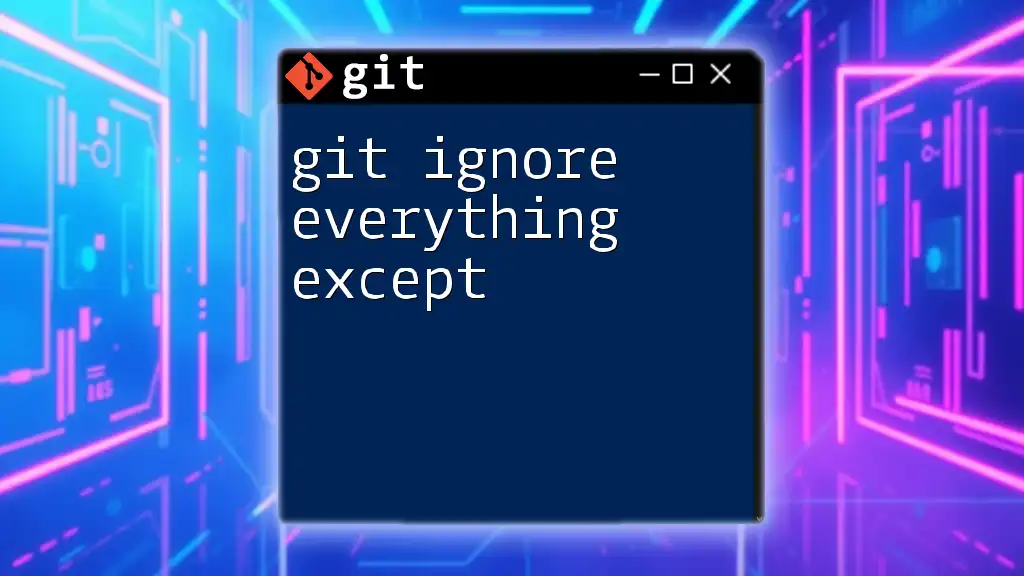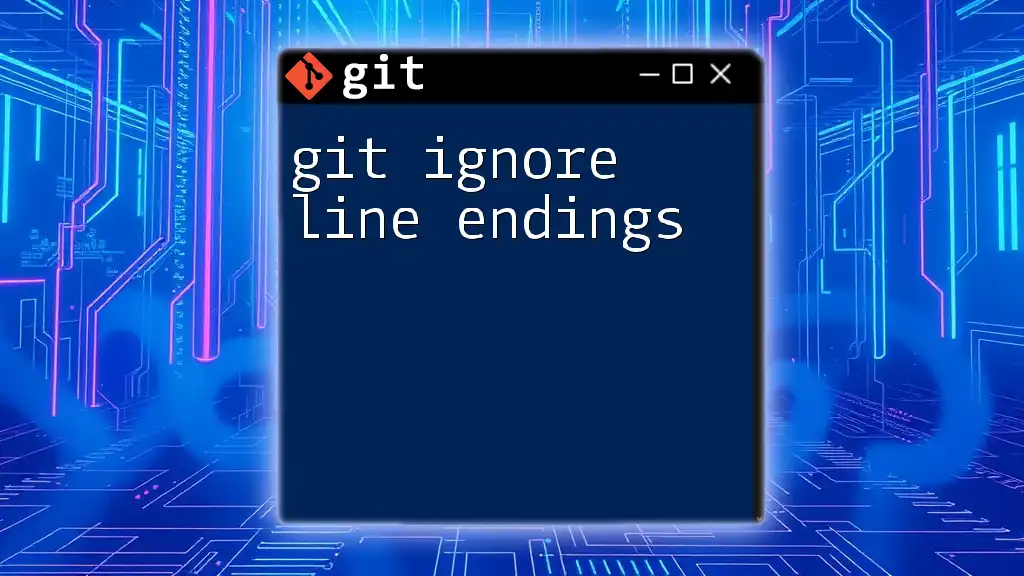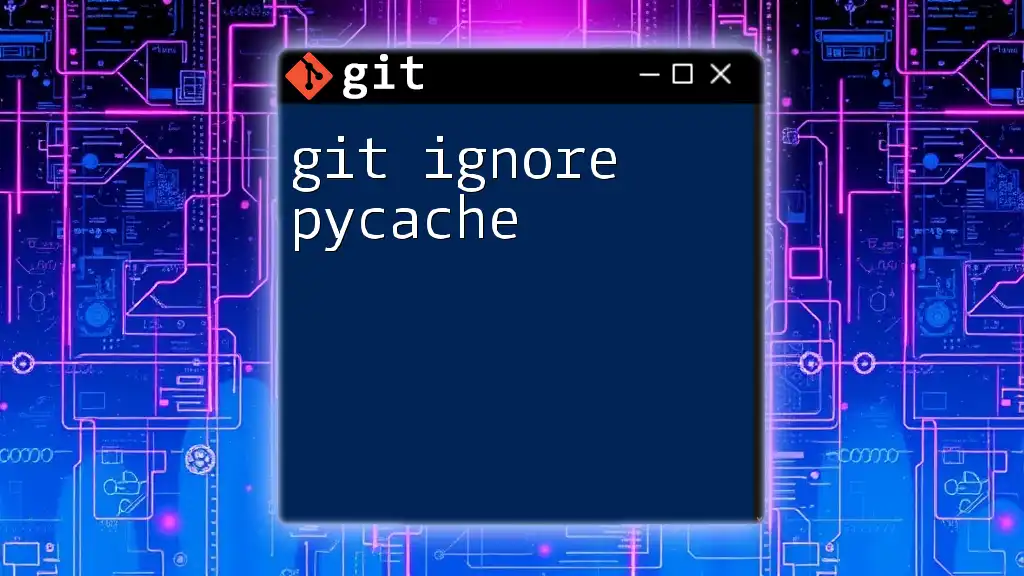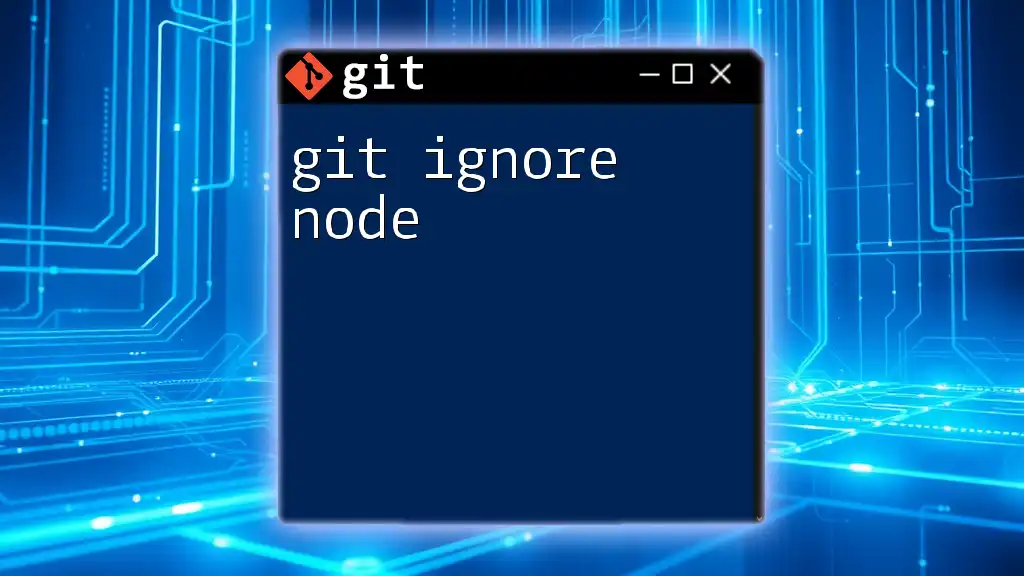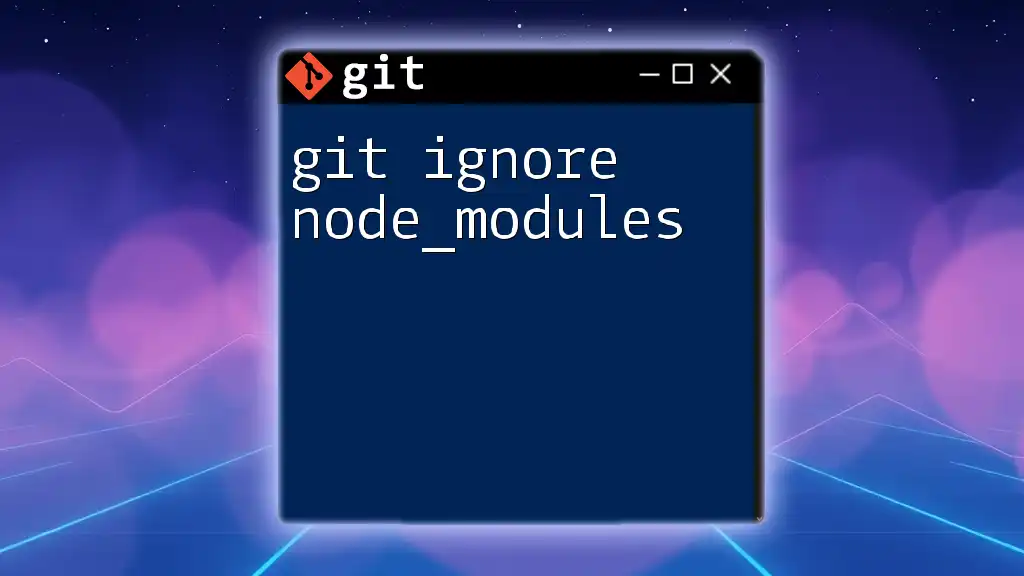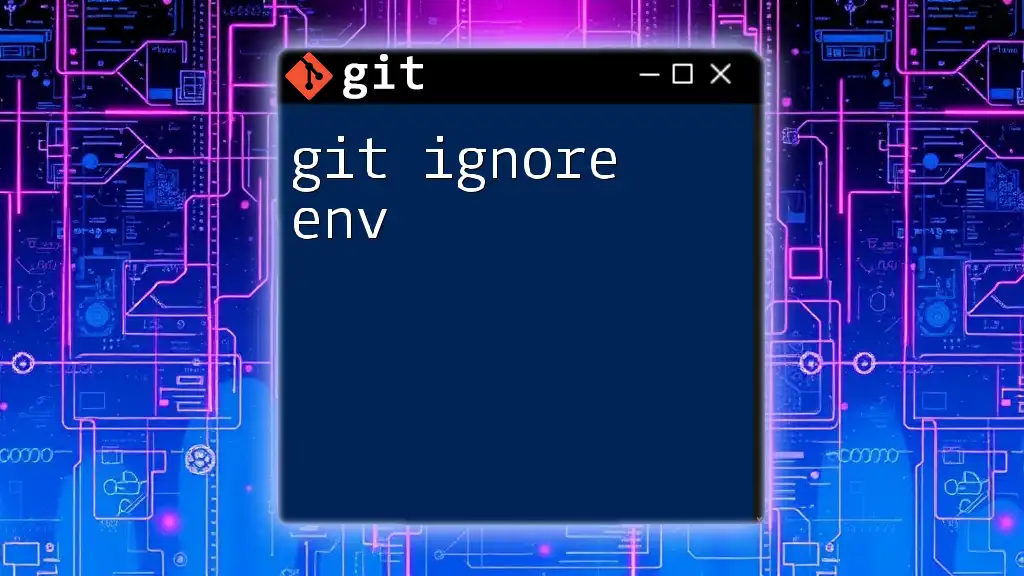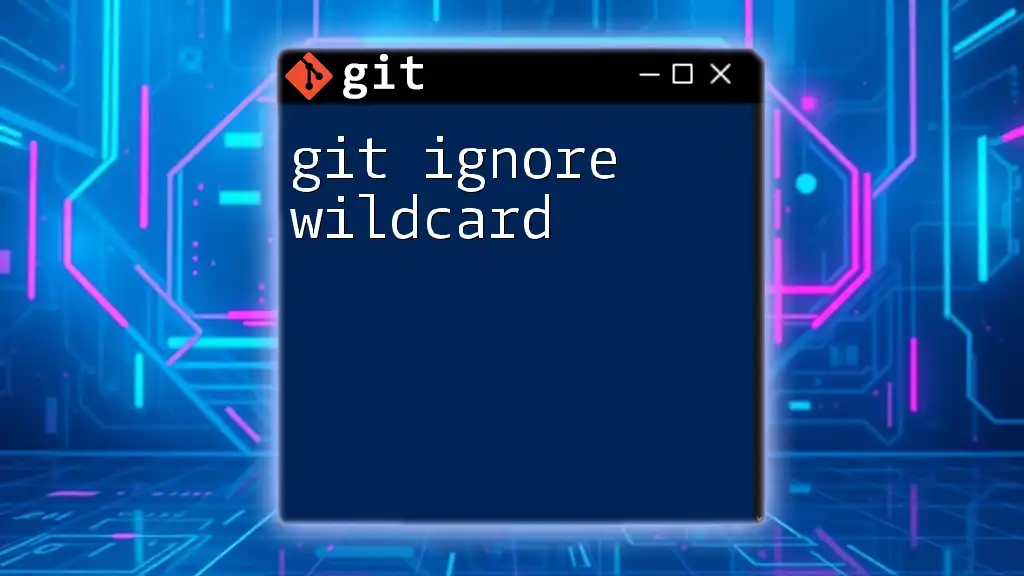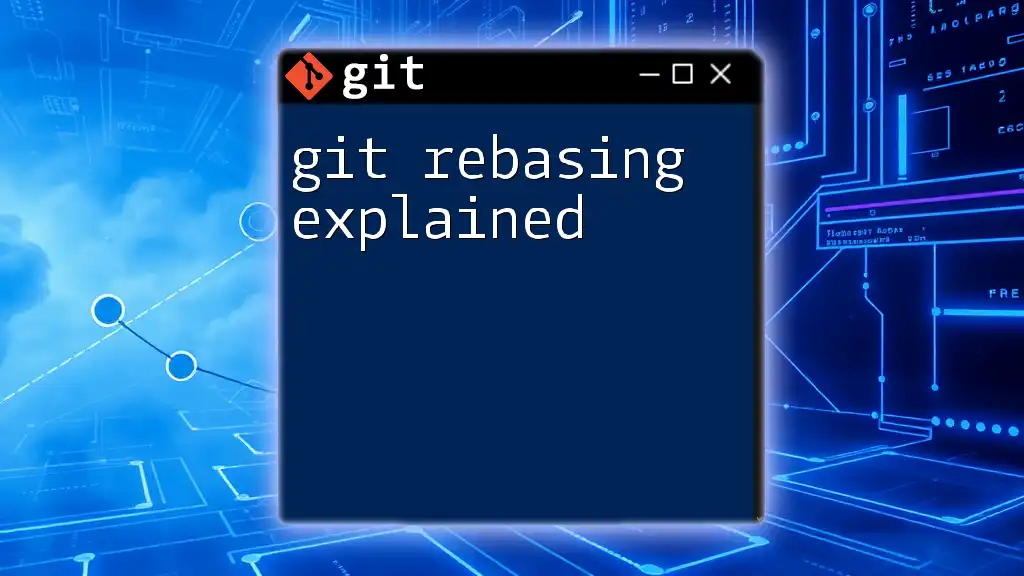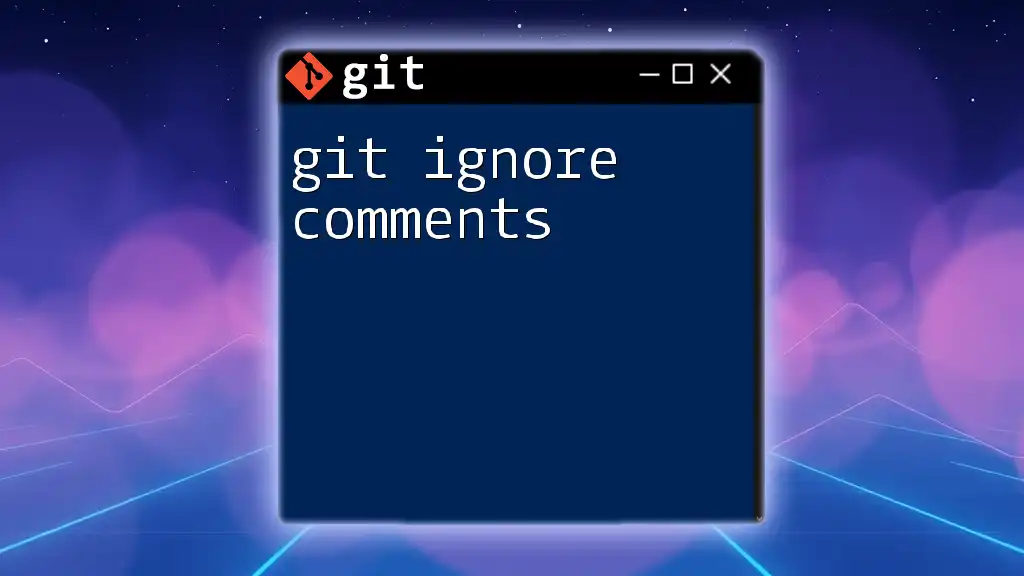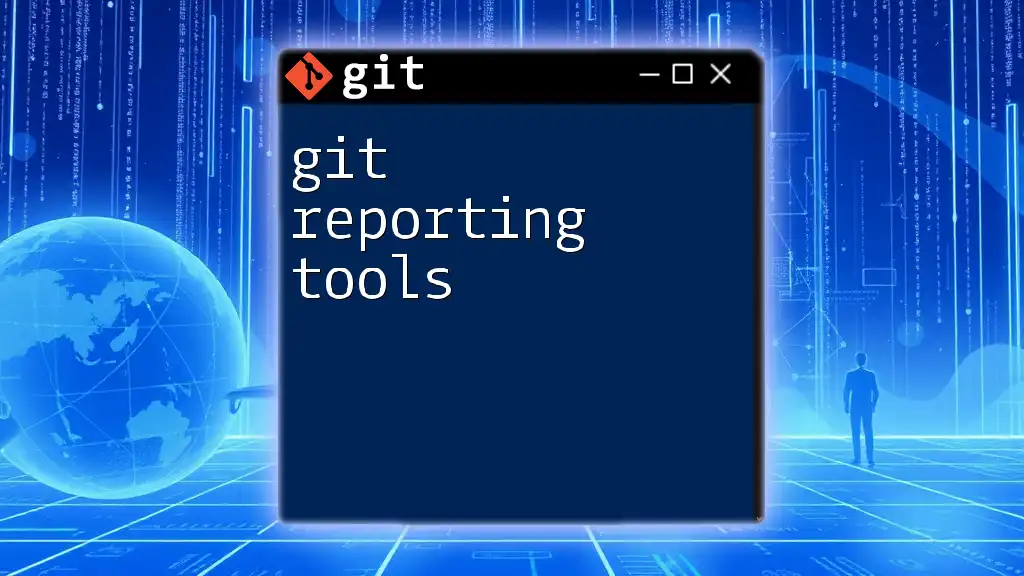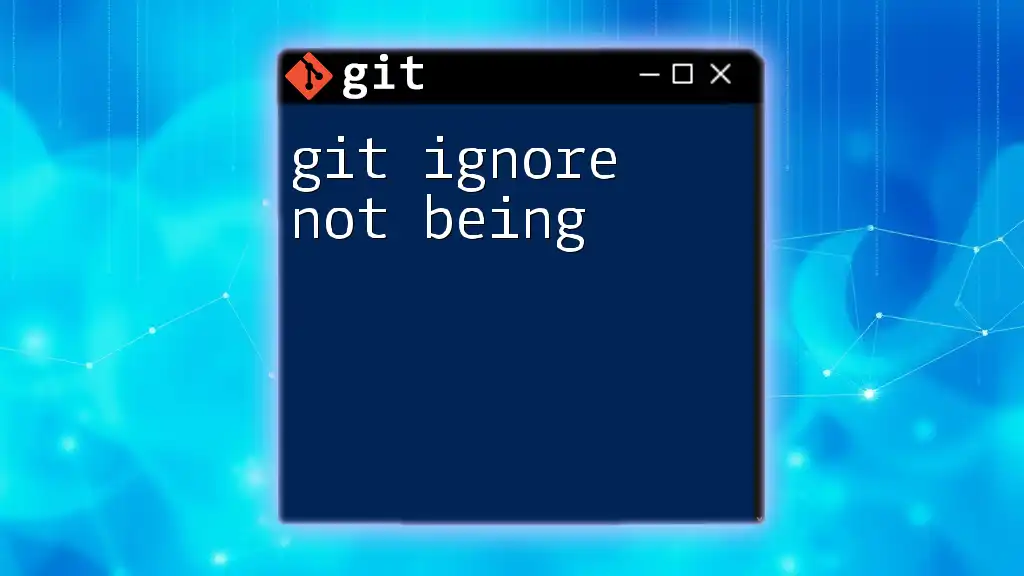In Git, you can ignore all files except for specific ones by using the `.gitignore` file with the negation syntax; here's how to do it:
# .gitignore
*
!important-file.txt
!directory-to-include/
In this example, all files are ignored except for `important-file.txt` and all files within `directory-to-include/`.
Understanding the Basics of `.gitignore`
What is a `.gitignore` File?
A `.gitignore` file is a plaintext file that tells Git which files (or patterns) it should ignore in a repository. This is crucial for keeping your version control clean and organized. Files generated by build systems, temporary files, and other non-essential artifacts often clutter a repository, making it harder to focus on what truly matters. By managing untracked files with a `.gitignore`, you can streamline your workflow and ensure that only relevant files are included in version control.
The Syntax of `.gitignore`
The syntax for `.gitignore` is simple yet powerful. You can write patterns that determine which files and directories to ignore. Some common elements of the `.gitignore` syntax include:
- Wildcards (`*`): This can match any number of characters (e.g., `*.log` matches any file that ends with `.log`).
- Directory ignoring (`/`): Placing a slash before a name tells Git to ignore that specific directory (e.g., `/temp/` ignores the entire temp directory).
- Negation (`!`): Use an exclamation mark to negate a pattern, which means you want to include a specific file or directory that would otherwise be ignored. For instance, `!important.txt` would include this file even if all other `.txt` files are ignored.

The Concept of "Ignore Everything Except"
When you think about using git ignore everything except, you’re essentially stating that you want Git to ignore every file in your project, with a focus on allowing only specific files or folders. This approach can be especially useful in large projects where only a handful of files are necessary for version control or sharing.
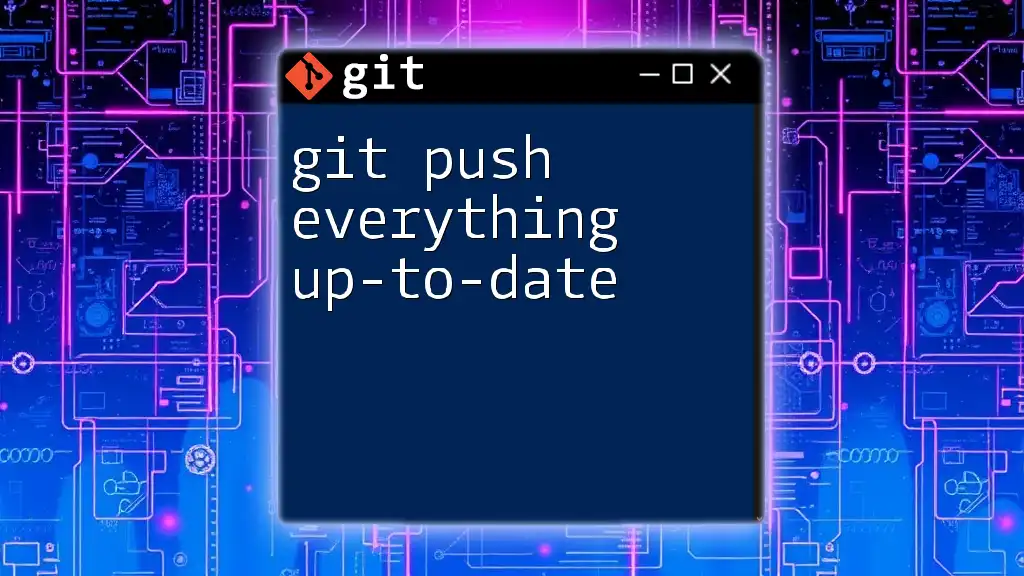
Creating a Robust `.gitignore` File
Start with Ignoring Everything
To begin, the first line in your `.gitignore` file should dictate that Git ignore everything. The syntax for this is straightforward:
# Ignore everything
*
This single line directive tells Git to ignore all files and directories by default.
Using Negation to Include Specific Files
To allow certain files to be tracked, you'll need to use negation in your `.gitignore` file. For example, if you want to allow the `README.md` file to be tracked while ignoring everything else, your `.gitignore` file would look like this:
# Ignore everything
*
# Allow README.md
!README.md
By doing this, only `README.md` will be tracked by Git, while all other files remain untracked.
Ignoring All but Certain File Types
If your project consists of multiple file types, but you only want to keep certain ones (like `.txt` files), you can achieve this with similar syntax. Here’s how to create a `.gitignore` that ignores everything except for `.txt` files:
# Ignore everything
*
# Include .txt files
!*.txt
This setup allows only files with a `.txt` extension to be committed to your repository, keeping it clean and focused.
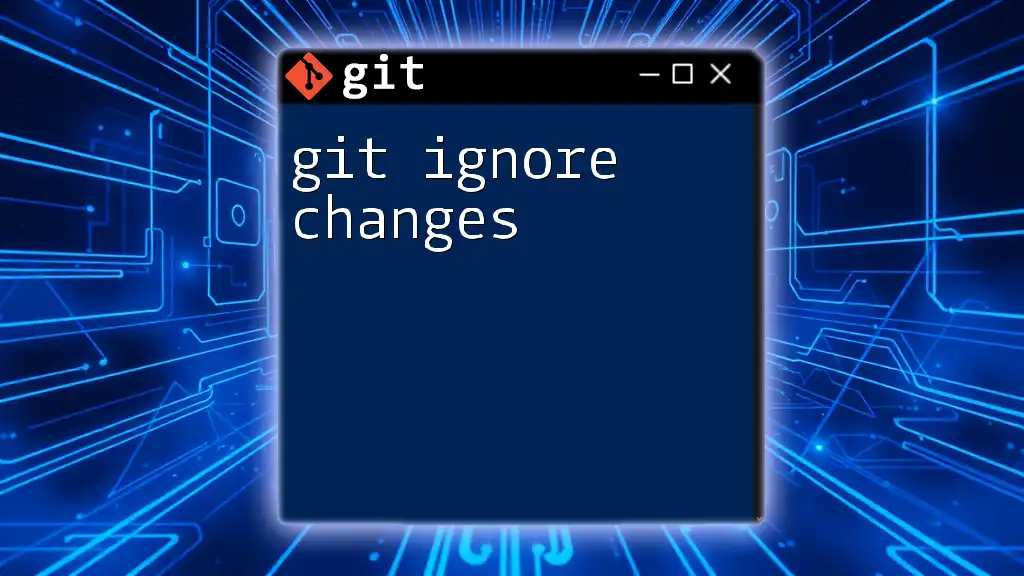
Practical Applications
Use Case: Project Configurations
In many projects, you might need to keep certain configuration files (e.g., `.env` files) private while ignoring everything else. Here’s a practical example:
# Ignore everything
*
# Allow .env file
!.env
With this configuration, the `.env` file remains tracked, while all other files, including sensitive artifacts, are ignored. This is particularly beneficial for teams working with shared repositories where sensitive configurations should not be exposed.
Use Case: Limiting Assets but Keeping Specific Ones
For web developers, it is common to want to keep specific assets while ignoring the rest. For instance, if you want to ignore all image files but keep a certain logo, your `.gitignore` can be set up like this:
# Ignore all images
*.jpg
*.png
# Allow logo.png
!assets/logo.png
This configuration ensures that all images are ignored except for `logo.png`, which you want to include.
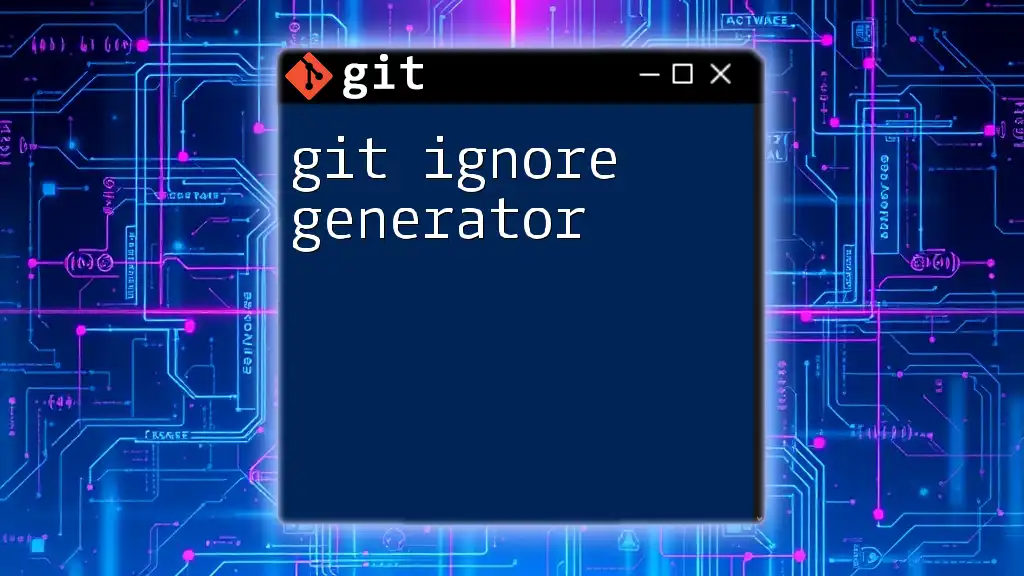
Advanced Techniques
Combining Patterns for Complex Scenarios
As projects grow complex, you might need to combine various patterns in your `.gitignore`. For example, if you want to ignore everything except for a specific folder, you can use:
# Ignore everything
*
# Allow my_folder and anything inside it
!my_folder/
By using this structure, `my_folder` and its contents will be tracked by Git, while everything else will be ignored.
Global `.gitignore` File
If you find that there are many files you consistently want to ignore across all your projects (like system-specific files), setting up a global `.gitignore` file can be immensely useful. This can be done using the following command in your terminal:
git config --global core.excludesfile '~/.gitignore_global'
In the `~/.gitignore_global` file, you can then list all patterns you want to ignore globally, streamlining your Git usage across multiple projects.
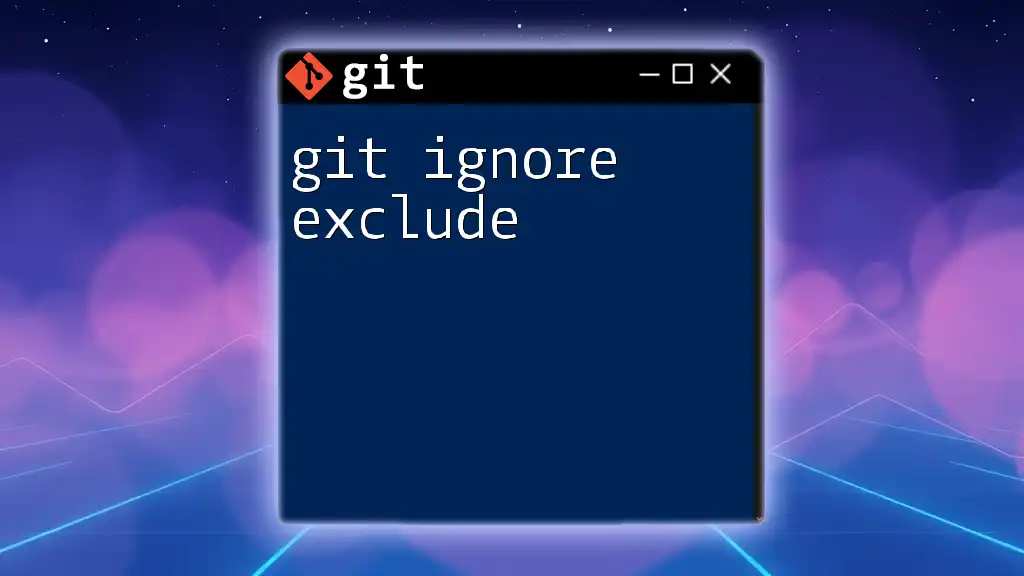
Troubleshooting Common Issues
What Happens if a File is Already Tracked?
One common mistake is forgetting to untrack files that were added to the repository before establishing the `.gitignore` rules. If a file is already being tracked by Git, adding its name to `.gitignore` won’t stop it from being tracked. You can untrack a file using:
git rm --cached <file-name>
This command removes the file from the staging area while keeping it in your working directory.
Verifying Your `.gitignore`
To ensure everything in your `.gitignore` is functioning as intended, you can verify which files are being ignored. Use the following command:
git check-ignore -v *
This command helps you debug and confirms that your `.gitignore` configurations are effectively working.

Conclusion
To sum up, mastering the git ignore everything except technique is crucial for maintaining a clean and efficient repository. With the proper configurations, you can ensure that irrelevant files are excluded while keeping vital ones tracked. Remember, the key to effective Git management lies in experimentation and practice, so take your knowledge and apply it to real projects to fully understand the power of `.gitignore`.
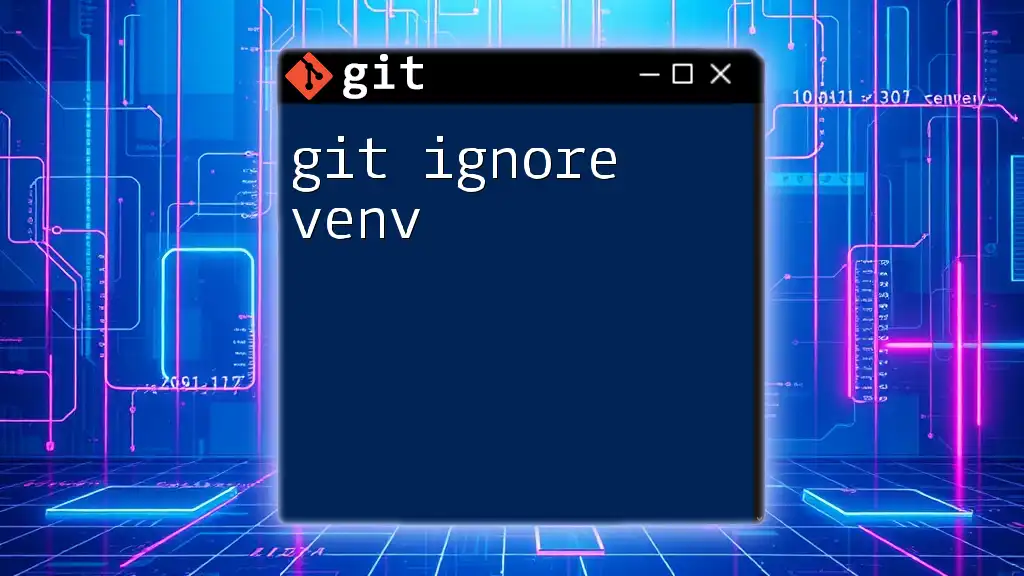
Additional Resources
For those looking to expand their knowledge, consider reading through Git's official documentation. Additionally, various online courses and tutorials are available to deepen your understanding of Git workflows and best practices. With the right resources and practice, you’ll be well on your way to becoming a Git command expert!

